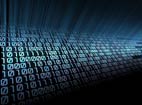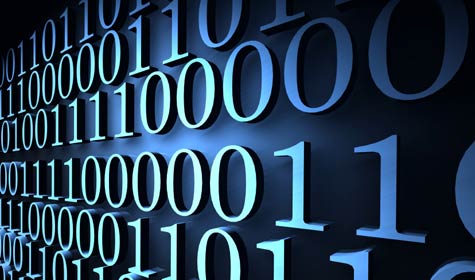The close relationship between the Internet of Things (IoT) and Big Data is an intuitive one. The IoT will create a ton of information, which is precisely what Big Data is designed to handle. They really are different sides of the same coin.
Even things that seem to be made for each other don’t go together without a lot of work, however. Outscale technical writer and blogger Will Hayles uses a guest column at Datamation to describe the two intersecting techniques. The biggest companies have the money to hire people to plan well into the future. They are developing an understanding of the nexus of Big Data and the IoT. Other companies must get wise as well, he writes:
While larger enterprises like Coca-Cola, General Electric, and Domino’s Pizza have managed to tap into its value, most businesses will have to wait some time before they can really enjoy the advantages of embedded sensor technology. In the meantime, it’s imperative that those businesses prepare by adopting a big data strategy – and looking into analytics technology.
The reality, to Hayles, is that it is not too early to start thinking – though actually taking advantage may be some time off. The key is to not be blindsided by the way in which the IoT and Big Data will work together. Once it hits, he wrote, things will begin to move quickly.
Some companies are listening. Mary Shacklett noted at TechRepublic that a Gartner survey from last September showed a 9 percent increase (from 64 percent to 73 percent) in respondents’ investment in, or plans to invest in, Big Data in the 12 to 24 months after the respective surveys for 2013 and Q3 2014.
The survey results and Shacklett’s story create the impression that Hayles’ advice already is being taken. The tone is that the message has been received, loudly and clearly:
Organizations want real-time big data and analytics capability because of an emerging need for big data that can be immediately actionable in business decisions. An example is the use of big data in online advertising, which immediately personalizes ads for viewers when they visit websites based on their customer profiles that big data analytics have captured.
There is a lot to study. Tom Gilley, wot.io CTO, for instance, makes the distinction between data in motion and data at rest, writing at Inside Big Data that both are parts of the Big Data picture and call on different parts of the ecosystem: Data at rest focuses on data storage services and data in motion on processing services that can cull actionable data and send it where it will do some good.
The IoT and Big Data are complex topics in their own rights. When combined, the complexity rises exponentially. The key for organizations, especially those that don’t have the budgets and personnel to do a lot of investigations, is to keep abreast of developments. One step is to determine which providers are best suited to that company’s particular size and line of work.
Another is to think broadly – but still with some specificity — about how the IoT/Big Data initiative can help serve customers and gain advantage over competitors.
Carl Weinschenk covers telecom for IT Business Edge. He writes about wireless technology, disaster recovery/business continuity, cellular services, the Internet of Things, machine-to-machine communications and other emerging technologies and platforms. He also covers net neutrality and related regulatory issues. Weinschenk has written about the phone companies, cable operators and related companies for decades and is senior editor of Broadband Technology Report. He can be reached at [email protected] and via twitter at @DailyMusicBrk.




